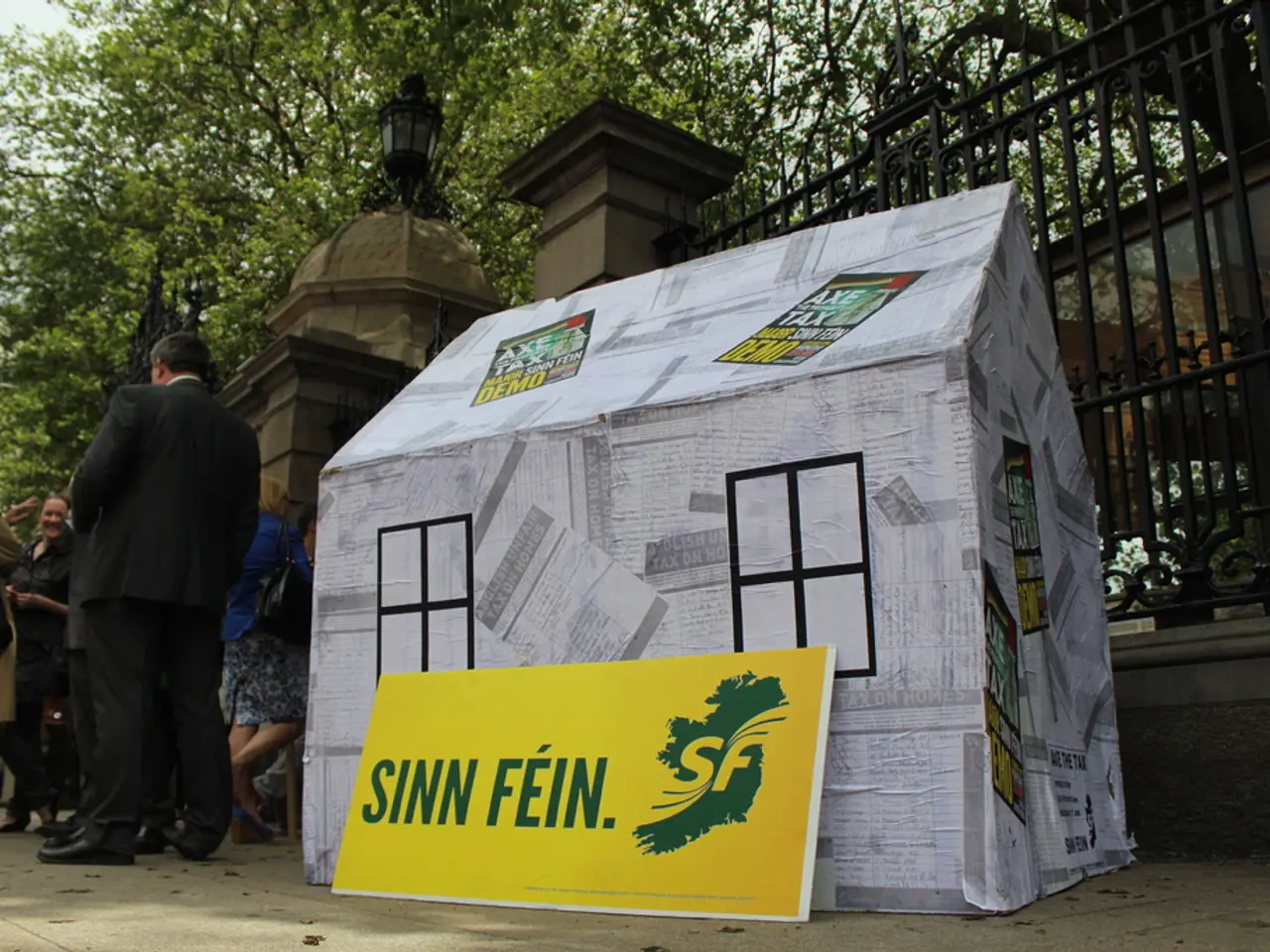Mayorial Contest in NYC: Mamdani Accuses Cuomo of Viewing Rent-Stabilized Tenants as 'Political Chess Pieces' Due to Proposed Means-Testing Plan
In the midst of lagging polls, New York Governor Andrew Cuomo has proposed a controversial measure to limit access to rent-stabilized apartments in the city. Dubbed "Zohran's Law," the proposal would mean-test vacant rent-stabilized units, requiring prospective tenants to prove that rent consumes at least 30% of their household income to qualify[1][2][3].
The target of this policy appears to be State Assembly Member Zohran Mamdani, who pays $2,300/month for a rent-stabilized unit despite earning $142,000/year[2][4]. Cuomo argues that rent-stabilized units should be reserved for those who need them the most and wants to "stop the Zohran Mamdanis of the world from gaming the system"[2].
Key details and implications:
- Eligibility rule: Tenants would only be allowed to rent a vacant rent-stabilized apartment if rent represents at least 30% of their income. This would effectively exclude middle- and higher-income applicants from these units[1][3][5].
- Scope: NYC has about 41% of apartments rent-stabilized, so the move could significantly shrink the pool of eligible tenants for over one million apartments[1].
- No eviction for income increases post-lease: Current tenants would not be evicted if their income rises after moving in, targeting only new occupants of vacant units[5].
- Likely impact on landlords: The proposal would make landlords vet tenants’ incomes more actively, restricting their tenant pool and possibly complicating leasing processes. There are concerns this might intensify the difficulties landlords face under existing rent laws, which have already reduced the value of rent-stabilized properties and increased vacancies because rents cannot always cover costs[3].
- Criticism: Critics argue the policy misunderstands rent stabilization, which is a form of market regulation benefiting a broad segment, not mere charity for the poor. There's also skepticism about Cuomo’s motives, given his campaign support from landlords and past failures to protect tenants during his governorship[1].
- Political context: The proposal is politically charged, directly targeting Cuomo’s mayoral opponent Mamdani. Mamdani himself has criticized Cuomo's record and noted Cuomo had years to enact similar policies during his governorship[4].
- Legislative challenges: Implementing means testing for rent-stabilized apartments would require state approval, and the real estate industry reportedly was not consulted, indicating potential resistance[5].
During Mamdani's event, a rent-stabilized tenant, Lex Rountree, argued that Cuomo's proposal would cause a "massive loss of affordability" for working-class and middle-income stabilized tenants[6]. The controversy surrounding Cuomo's proposal continues to unfold, raising questions about the future of rent-stabilized housing in New York City.
[1] New York Times, "Cuomo Proposes Means Test for Rent-Stabilized Apartments," link [2] Associated Press, "Cuomo Takes Aim at Rival Mamdani Over Astoria Apartment," link [3] Curbed, "What Does Cuomo's Proposal for Means-Testing Rent-Stabilized Units Mean for Landlords?," link [4] Gothamist, "Cuomo Proposes Means Testing for Rent-Stabilized Apartments," link [5] Politico, "Cuomo's Means-Testing Plan for Rent-Stabilized Units Faces Resistance," link [6] The City, "Cuomo's Proposal to Means-Test Rent-Stabilized Apartments Draws Backlash," link
- The proposal to means-test vacant rent-stabilized apartments in New York City, as put forward by Governor Andrew Cuomo, has stirred debates in the realm of finance and real estate, highlighting policy-and-legislation discussions and politics.
- If implemented, this policy would primarily affect middle- and higher-income individuals, effectively reducing their access to rent-stabilized apartments in the housing market, due to the eligibility rule requiring rent to consume at least 30% of household income.
- This move could have significant implications for both tenants and landlords in New York City, potentially increasing complications in leasing processes for the former and intensifying difficulties faced by landlords under existing rent laws, which have reduced the value of rent-stabilized properties and increased vacancies as a result.





